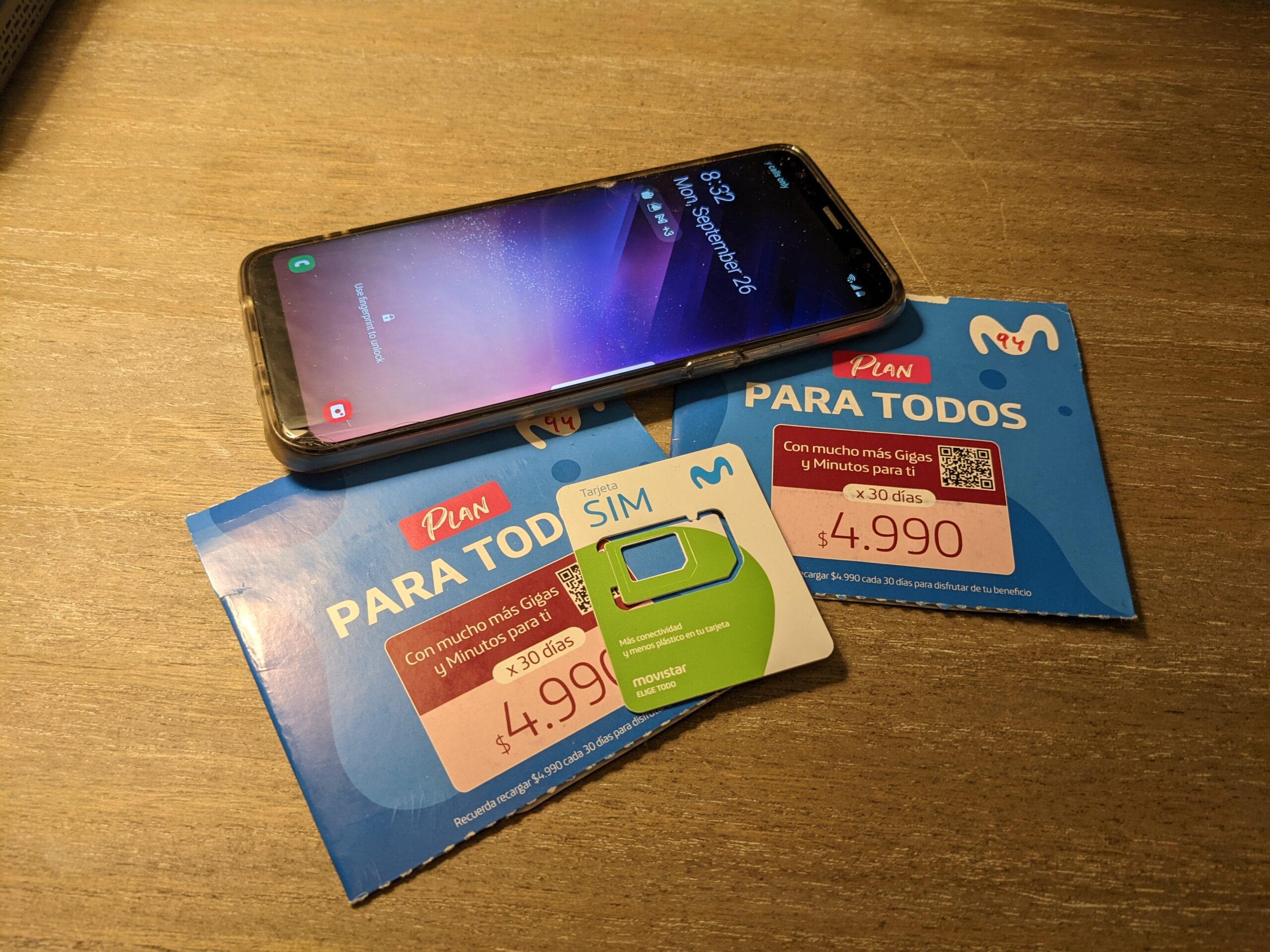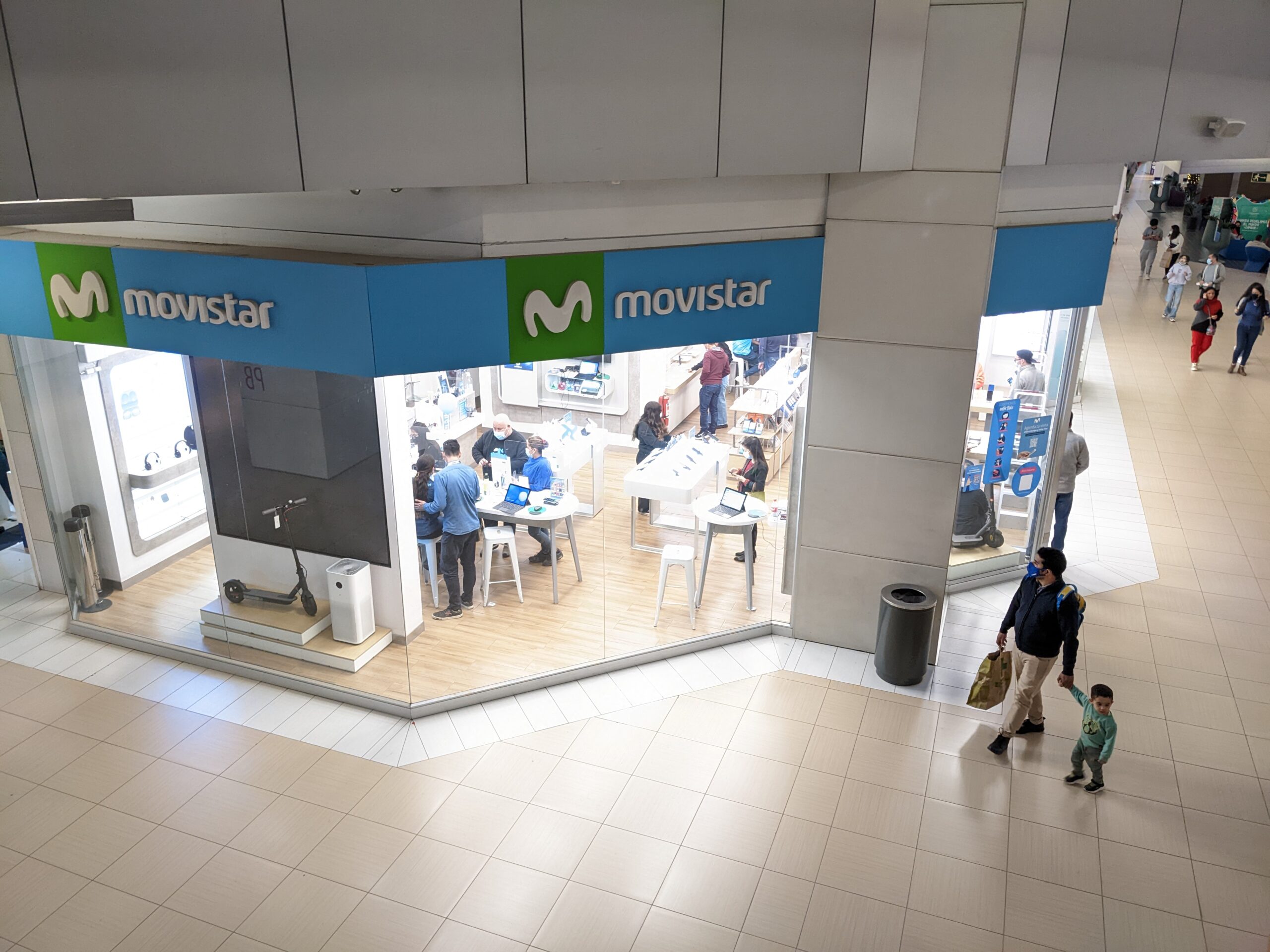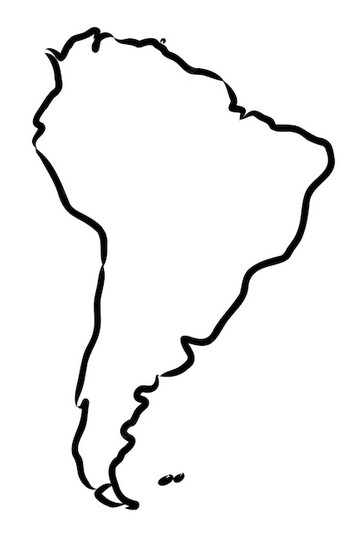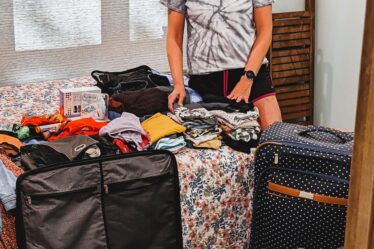
If you don’t already know this about me, I can be cheap at times. Unfortunately this can be to my determent as I find myself spending two hours in hopes of saving five dollars. When it comes to being connected to the internet in a foreign country, well, my cheapness in the past meant I would just download maps and search for free WiFi. I’m done with that, especially when local phone plans can be so cheap. So you have no need to worry about how you will get connected when you come to visit us. Here is what you need to know…
First off, many of my travel companions prefer to go to Verizon and get their ‘World Plan’ or whatever they call it these days. The plan goes like this, you call Verizon to activate this ‘World Plan’ and then as soon as you land in a foreign country you have the same phone plan you had in the States. Very convenient, the problem is it costs $10 per day weather you send one photo or watch Youtube for a couple hours. Way too expensive.
So for a hair of inconvenience (although I consider this kinda fun because it forces me to go and do stuff that the locals do) I go to the phone store of the country I enter and buy a prepaid SIM card. And in most countries they are crazy cheap, especially compared to the United States, and significantly cheaper than that Verizon ‘World Plan’. We did this while in Europe, the UK, and Africa to much success.
So what’s the best option and how do you get your SIM in Santiago? I absolutely recommend going with Movistar for the telecom. Britt and I each got 40 GB of data per month for 5000 pesos ($5.50). Yes that is correct and no that isn’t a typo, 40 GB for a bit more than five dollars. Oh yeah, and no contract. As soon as you leave the country, your obligation is over. This is so much better that anything in the states.
A quirk to point out is that I believe I only receive 200 minutes of talk a month and NO text messages with this plan. But we are no longer in the United States so this isn’t a problem. If you have traveled overseas you already know that nobody uses talk or text, everybody uses WhatsApp (or something else if your in China, but I’m not.) WhatsApp is owned by Facebook and it has free calling and texting to any other WhatsApp member in the world. The call quality is great over wifi, so that’s nice for a farmboy like me who has bad cell coverage anyway. Also you can send higher quality photos and videos. WhatsApp is used by everyone, not only every person you meet on the street (I can attest to this), but also businesses like restaurants, barber shops, lawyers. They all advertise their WhatsApp number as the best way to contact them.

How to get your SIM
I was told that there is a store in the airport, but I didn’t see one. If there is, you probably have to go through passport control and then back into the airport as opposed to grabbing your bags and leaving. What we did is downloaded maps and bumbled around on Wifi again until we went to an official Movistar store in one of the largest shopping malls in South America (La Costanera Mall). I went up and said I want a ‘tarjeta SIM’ (SIM Card) and ‘prepago’ (prepaid, no contract). He said no problem (he actually did, he spoke English). He told me the deal, 40 Gb for 5000 pesos and sent me back to another guy who registered the SIMs and installed them. He didn’t need any of my information, no passports, I don’t even think he knew my name. I paid with credit card and we were out of there in fifteen minutes.
We haven’t left the city yet, but the service has been very good so far. An abundance of data is a life saver for how much we use maps for transit or Youtube to keep the kids quiet when we go out to eat and just want a little time to talk to each other. My favorite resource for any country I enter is www.traveltomtom.net I am amazed at how reliable and up to date his information is.



